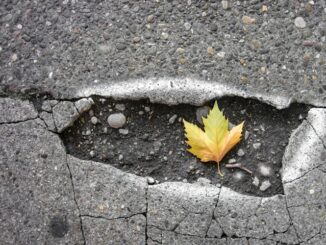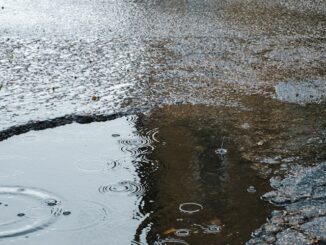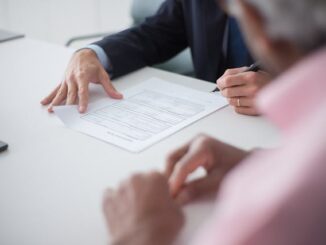
Documenting a slip and fall accident is a crucial step in pursuing compensation for injuries and losses. Proper documentation helps to establish liability, support the victim’s claim, and quantify damages. In this step-by-step guide, we’ll outline the process of documenting a slip and fall accident, including taking photos of the scene, obtaining witness statements, and keeping thorough records of medical treatment and expenses.
- Assess the Scene: After a slip and fall accident, the first step is to assess the scene and identify any hazardous conditions that may have contributed to the accident. Look for factors such as wet floors, uneven surfaces, or inadequate lighting that may have caused or contributed to the fall.
- Take Photos: Once the scene has been assessed, take photos of the area where the accident occurred. Be sure to capture the hazardous condition that caused the fall, as well as any warning signs or lack thereof. Photos should be clear, well-lit, and taken from multiple angles to provide a comprehensive view of the scene.
- Obtain Witness Statements: If there were witnesses to the accident, obtain their contact information and ask them to provide written or recorded statements detailing what they saw and heard. Witness statements can provide valuable testimony to support the victim’s claim and corroborate their version of events.
- Seek Medical Treatment: Seeking medical treatment after a slip and fall accident is essential for both health and legal purposes. Be sure to seek prompt medical attention, even if your injuries seem minor at first. Keep thorough records of all medical treatment received, including hospital visits, doctor’s appointments, diagnostic tests, medications prescribed, and rehabilitation or therapy sessions.
- Keep Detailed Records: Throughout the duration of your claim, keep detailed records of all medical treatment and expenses incurred as a result of the accident. This includes keeping copies of medical bills, receipts, and insurance claims, as well as documenting any time missed from work due to your injuries.
By following these steps for documenting your slip and fall accident, you can strengthen your case and increase your chances of receiving fair compensation for your injuries and losses. Proper documentation provides tangible evidence to support your claim and helps to establish liability on the part of the property owner or occupier. Additionally, thorough documentation ensures that your injuries and expenses are accurately documented, maximizing your potential for receiving fair compensation.



